Fintech Solutions That Drive Personal Financial Success
Trends
Trend 1
Managing cash flow remains a top challenge for many workers.
Many families with low-to-moderate incomes allocate nearly all their money to immediate expenses and need to track their incoming funds and outgoing expenses with a high level of detail—and there’s a need for new solutions to help them do that. Participants in our focus groups cited managing a monthly budget as their top financial priority. In particular, they said it’s a challenge to manage budgets using existing platforms and tools such as spreadsheets. Some even said they’ve created homemade budget trackers.
Trend 2
Emergency savings accounts are emerging as critical tools for cushioning the impact of unanticipated expenses.
Emergency savings accounts (ESA) are an increasingly popular employer-provided benefit. Employees who use them can begin building account balances via automatic monthly payroll deductions, and many plans include an option for employer matches. Favorable regulatory frameworks, which include tax incentives, make it possible for workers to save nominal amounts from each paycheck—a model that likely appeals to people across the income spectrum. Moreover, providers of ESAs report that employers that offer these benefits can see increases in staff retention rates and decreases in absenteeism.
Emergency savings accounts can especially benefit workers in low-to-middle-wage jobs because unexpected financial setbacks can create vicious cycles of negative financial repercussions for them. For example, a car breakdown might result in an employee missing work due to a lack of transportation and, in turn, going without a paycheck and not having the money to pay for car repairs—which leads to the employee missing more days of work. In addition, workers with ESAs will be less likely to have to rely on risky financial maneuvers like withdrawing funds from 401(k) accounts or accruing credit card debt.
Trend 3
Fintechs can enable pooling of resources to allow more nimble and responsive community lending practices.
Some fintech startups have created lending platforms that are more flexible than bank loan programs and allow for small-dollar, short-term loans. These options can be especially useful for people without credit histories who may have difficulty qualifying for loans from traditional financial institutions. These programs mimic aspects of popular microfinance solutions that have been deployed in developing countries, enabling closer peer-to-peer lending more focused on economic empowerment and social impact than purely financial returns for investors.
Trend 4
Fintechs leverage partnerships with larger banks and financial institutions to diversify customer services and subsidize their operations.
Some fintechs have created self-sustaining business models, generating revenue from user fees or monthly memberships. Many of these companies are now partnering with banks or other financial institutions to offer their customers a wider variety of products and services, like home loans, high-yield savings accounts, and introductory investment tools.
Other fintechs intentionally position themselves as on-ramps to the financial system, helping users build credit and access basic services like checking accounts. Many of these companies generate revenue through business arrangements with partner banks or credit unions under which the institutions compensate the fintechs for referring new customers when, for example, users of the fintech solution open savings accounts or apply for mortgages.


